In most cases, Dryfall paint is applied to concrete, masonry or stone surfaces. It is typically used on ceilings or high walls where a traditional wet paint finish would be difficult to apply or maintain. Dryfall paint is applied in a very thin layer and dries to a hard, durable finish.
Dryfall paint is most commonly used in commercial and industrial settings where a clean, professional look is desired. It is also sometimes used in residential settings, such as on garage floors or basement walls. Dryfall paint can be applied to both new and existing surfaces.
Dry fall is when you put paint or a coating on and it dries quickly. This usually happens when the paint is put on at a certain distance from where it was applied. As a result, wet sticky paint that adheres to and damages surfaces can be avoided; the dry overspray is simple to clean by wiping or sweeping.
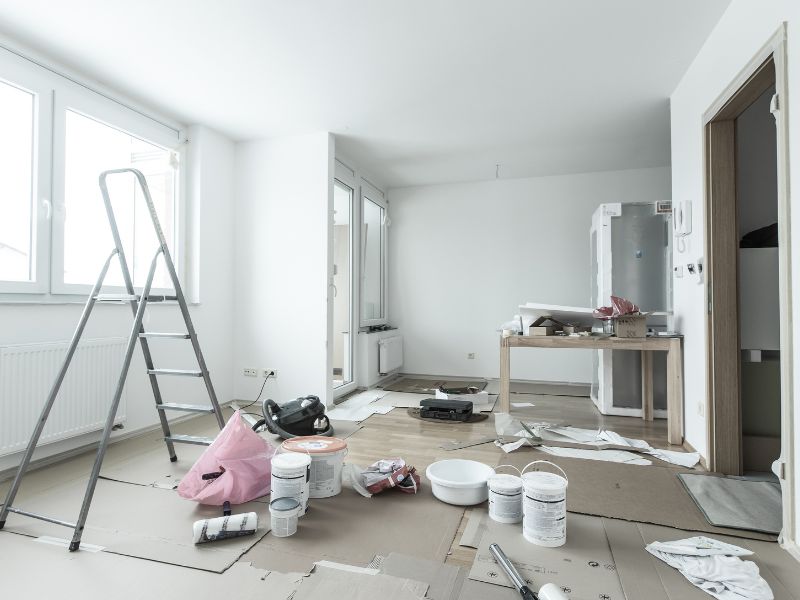
What is Dryfall used for?
Spraying with traditional coatings without dry fall properties produces droplets or runs which can stick and cause damage to surfaces below the work area. Dry fall coatings eliminate this potential mess and allow for a much cleaner, safer work environment.
The use of dry fall coatings has proven to be the solution to the overspray problem, providing a means of safe, clean and efficient application of paint or other coatings in hard-to-reach places.
Dry fall coatings are available in a variety of formulations to meet the specific needs of the user. The type of dry fall coating selected will be dependent on the substrate to be coated, the environment in which the coating will be applied, and the desired final appearance.
There are two main types of dryfall: alkyd-based and urethane-based. Alkyd-based dryfalls are more commonly used because they are less expensive and easier to apply. Urethane-based dryfalls provide a more durable finish but are more expensive and harder to apply.
Dryfall coatings are applied using a variety of methods, depending on the type of coating and the surface to be coated. Common methods include spraying, rolling, or brushing.
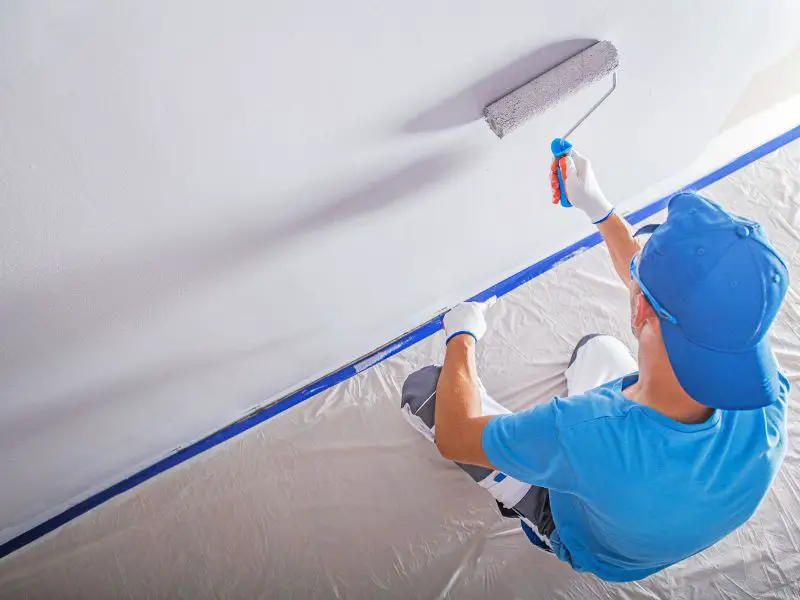
Dry fall advantages
- Spraying dry fall is the most efficient and convenient way to paint high walls, ceilings, or other difficult-to-reach areas.
- Dry fall paint is also less likely to drip or run than wet paint, so there is less risk of damaging the surfaces below.
- Dryfall paint can be applied in a wide range of colors, allowing you to create a custom look for your space.
- Dry fall paint is also very durable and easy to maintain.
Disadvantages of dryfall
- Dryfall paint can be more expensive than traditional wet paint.
- It can also be more difficult to apply, so it is important to hire a professional painter if you are not experienced in using this type of product.
- If not applied correctly, dryfall paint can flake or peel off of surfaces.
- It is also important to note that dryfall paint should not be used on surfaces that will be exposed to direct sunlight or heat, as this can cause the paint to fade or discolor.
Can you paint over Dryfall paint?
Yes, you can. However, it may be worth considering priming it first because of the amount of clay fillers that are in there. It will also depend on the paint you are using and what it is compatible with. You should always consult the product data sheets to determine this.
How to paint a ceiling with dry fall?
The best way to paint a ceiling with dry fall would be to use an airless sprayer. This will ensure an even coat and will help you avoid any drips or runs.
Does Dryfall paint need a primer?
You will also need to use a high-quality primer before applying the dry fall paint, as this will help the paint adhere better to the surface.
It is also important to protect any surfaces that you do not want to paint, such as floors or furniture. You can do this by covering them with drop cloths or plastic sheeting.
Once you have prepped the area, you can begin painting. Start by spraying the edges of the ceiling and then work your way in towards the center.
Use even strokes and overlap each pass to ensure a smooth and even finish.
Let the paint dry completely before removing the drop cloths or plastic sheeting.
Can you roll on Dryfall?
Yes, you can roll on dry fall paint. This is a good option if you are painting a large surface area and want to avoid any drips or runs.
Use an extension pole to reach high areas and be sure to use even strokes when rolling the paint onto the surface.
As with brushing, it is important to note that dry fall paint should not be used on surfaces that will be exposed to direct sunlight or heat, as this can cause the paint to fade or discolor.
What is the difference between Dryfall and Intumescent?
Dryfall is a type of paint that dries quickly, while intumescent is a type of paint that swells when it comes into contact with heat.
Intumescent paint is typically used in fire-resistant applications, while dryfall paint is more commonly used for indoor painting projects.
Both types of paint can be used for ceiling and wall applications.
What is the difference between Dryfall and Elastomeric?
Dryfall is a type of paint that dries quickly, while elastomeric is a type of paint that remains flexible after it dries.
Elastomeric paint is typically used for outdoor applications, while dryfall paint is more commonly used for indoor projects.
Both types of paint can be used for ceiling and wall applications.
Painting galvanised metal with Dryfall paints
If you are planning to paint galvanised metal, it is important to note that this type of metal is not suitable for dry fall paint.
This is because the zinc in the galvanised metal will react with the clay fillers in the dry fall paint, causing it to flake off.
If you want to paint galvanised metal, you will need to use a different type of paint, such as an epoxy-based paint or a urethane-based paint. Check our guide for rust removal from rims for more info.
Rust-Oleum Acrylic Dry Fall Paint
Rust-Oleum Acrylic Dry Fall Paint is a matte white paint designed for use on concrete, metal, drywall, wood and aluminum. It dries in just 35 minutes and provides coverage of 210 to 260 square feet. This paint is also VOC content compliant with 97 grams/liter.
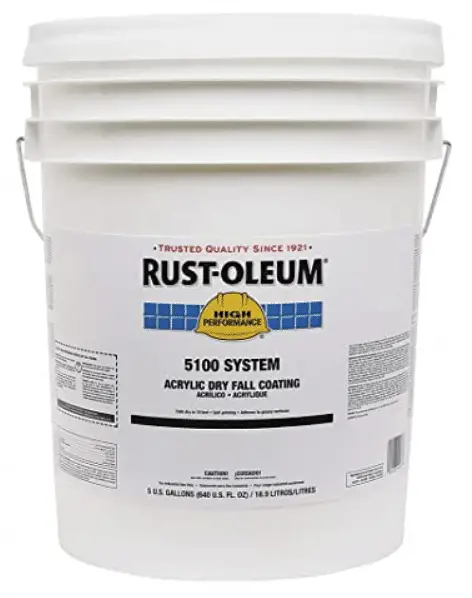
Rust-Oleum Acrylic Dry Fall Paint is perfect for use in any indoor or outdoor space that you want to protect from the elements. It’s easy to apply and dries quickly, so you can get back to enjoying your space in no time. With its durable finish and superior coverage, Rust-Oleum Acrylic Dry Fall Paint is the perfect choice for all your painting needs.
FAQ
What is dry fall paint used for?
Dry fall paint is typically used for indoor painting projects, such as ceilings and walls. It can also be used for outdoor applications, but it is more likely to fade or discolor in direct sunlight or heat.
How long does dry fall paint take to dry?
Dry fall paint dries quickly, typically within 30 minutes to an hour. However, it is important to let the paint completely dry before removing any drop cloths or plastic sheeting.
Can you use dry fall paint on galvanised metal?
No, you should not use dry fall paint on galvanised metal. This is because the zinc in the galvanised metal will react with the clay fillers in the dry fall paint, causing it to flake off.
How do you remove dry fall paint?
Dry fall paint can be removed with paint stripper or a heat gun. However, it is important to note that this type of paint should not be used on surfaces that will be exposed to direct sunlight or heat, as this can cause the paint to fade or discolor.
How to apply dry fall paint?
To apply dry fall paint, start by prepping the area. This includes covering any surfaces that you do not want to paint and making sure the surface is clean and free of debris. Once the area is prepped, you can begin painting. Start by spraying the edges of the ceiling and then work your way in towards the center. Use even strokes and overlap each pass to ensure a smooth and even finish. Let the paint dry completely before removing the drop cloths or plastic sheeting.

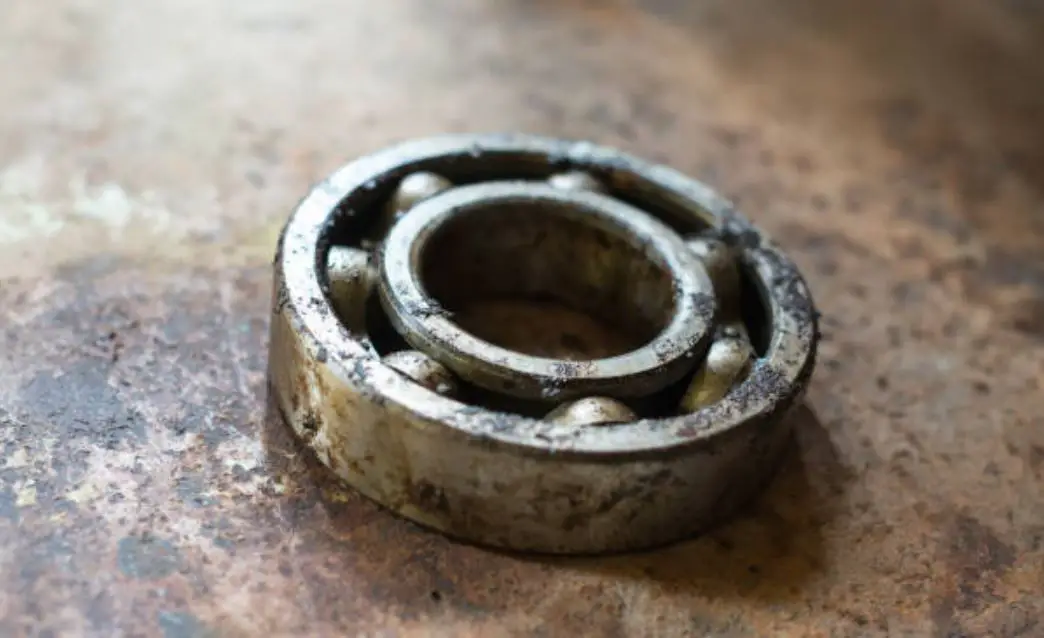
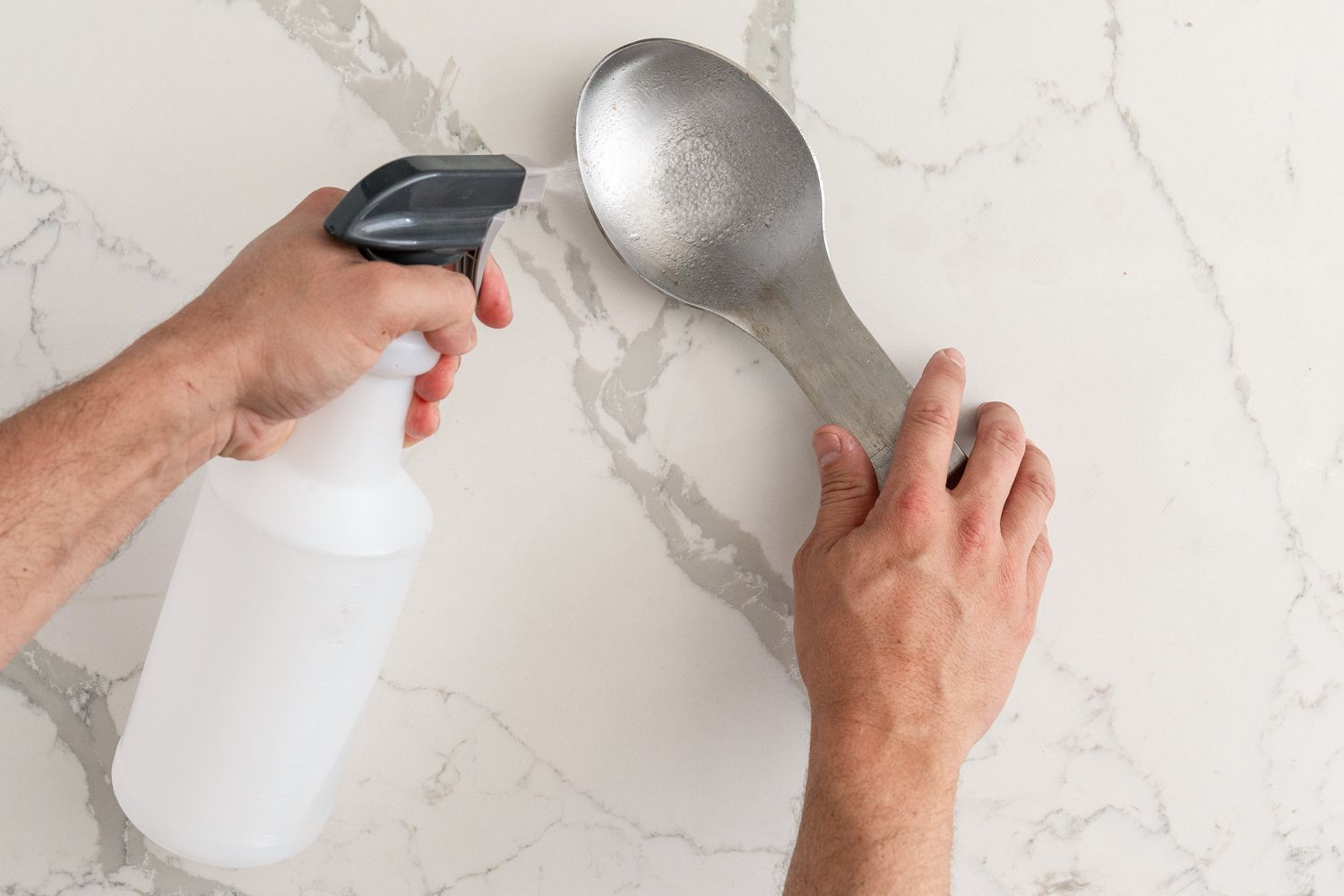
Like you said. Drywall it is in commercial building like schools gym big warehouse.
Etc. Residential ain’t use cuz cost wide it is to much y costumer won’t pay for the product.
For finishing drywall use product like high latex or drywall primer surfaces.
For galvanized metal (e.g. heating ducts, etc.) will Dryfall work if the metal is primed first?
One source says basement ceilings don’t need to be primed to paint w/ dryfall while another says priming is required. which is true?